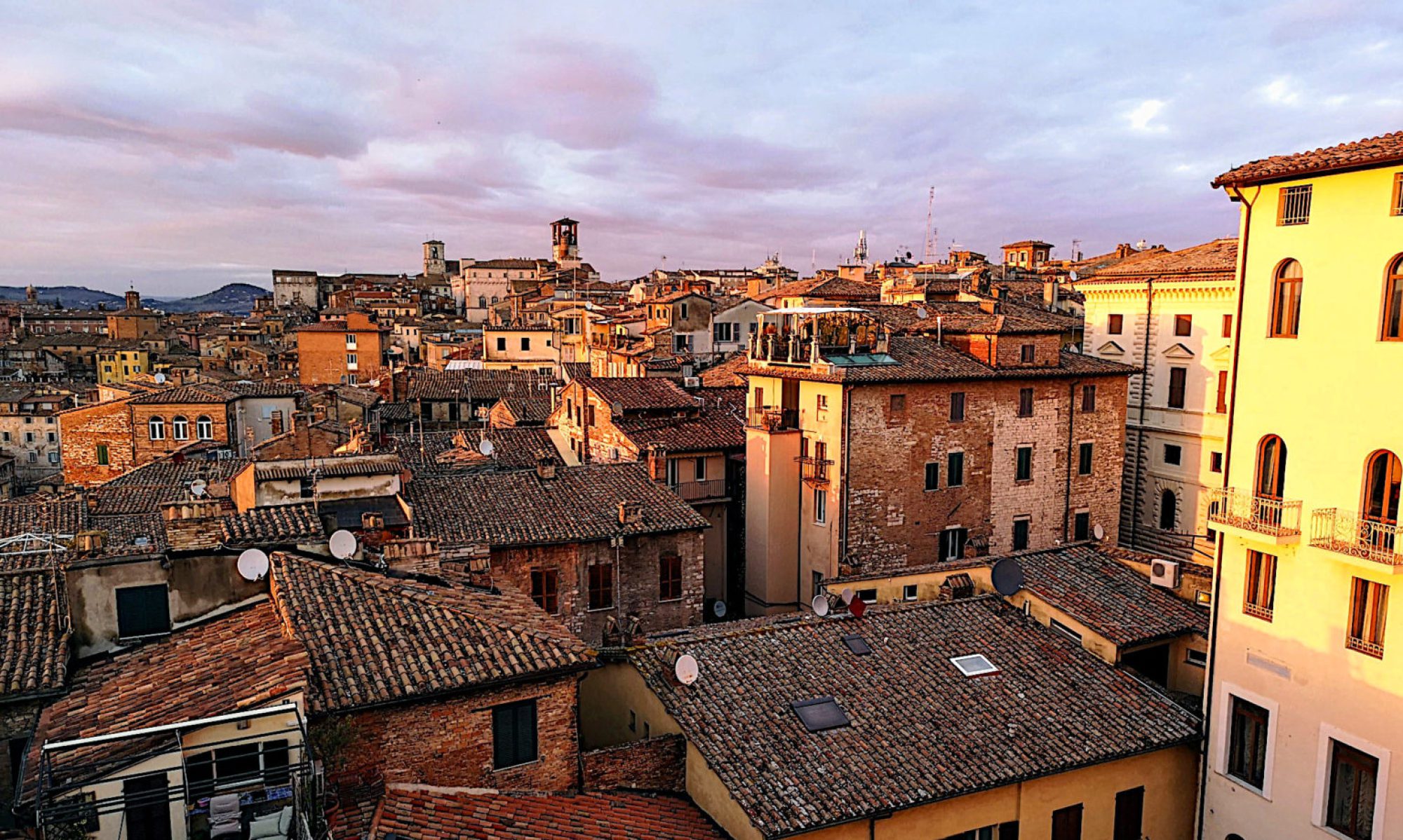Plenty of countries have built massive defenses in case of invasion (the Great Wall of China comes to mind), but few have taken it quite as far as Switzerland, which built an incredible network of hidden bunkers and artillery placements across the country, many of them disguised as rock formations, hillside chalets, or even regular homes. The enormous fortress chain was built in the 1940s, at an estimated cost of $10 billion in today’s dollars, after Germany started invading countries as part of its global expansion. There are believed to be more than 8,000 of them, known as the Swiss National Redoubt.

The most important parts of the redoubt were the fortifications of Sargans, St. Maurice, and the Gotthard region. Besides cannons and howitzers, the infrastructure in many of these caverns and tunnels consisted of dormitories, kitchens, field hospitals, rooms for the sick, bakeries, and enough space to accommodate 100 to 600 soldiers for up to several months.


Swiss Army rules also mandated that bridges, hillsides and tunnels be designed so that they could be remotely destroyed in order to deny highways and railroads to the enemy. Fuses and compartments for high explosives were built into bridges, roads and tunnels, although the explosives themselves were apparently not in place during times of peace. There are at least 3,000 such points, including entire hillsides, although many expect the figure is higher than that.


From John McPhee’s 1984 book La Place de la Concorde Suisse: “To interrupt the utility of bridges, tunnels, highways, railroads, Switzerland has established three thousand points of demolition. That is the number officially printed. It has been suggested to me that to approximate a true figure a reader ought to multiply by two. Where a highway bridge crosses a railroad, a segment of the bridge is programmed to drop on the railroad. Primacord fuses are built into the bridge. Hidden artillery is in place on either side, set to prevent the enemy from clearing or repairing the damage.”

“Near the German border of Switzerland, every railroad and highway tunnel has been prepared to pinch shut explosively,” McPhee writes. “Nearby mountains have been made so porous that whole divisions can fit inside them. There are weapons and soldiers under barns. There are cannons inside pretty houses. Where Swiss highways happen to run on narrow ground between the edges of lakes and to the bottoms of cliffs, man-made rockslides are ready to slide.”



